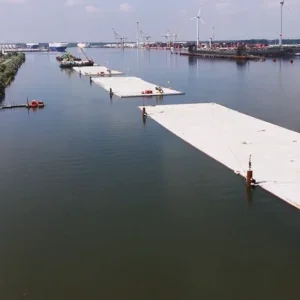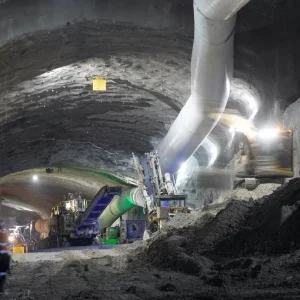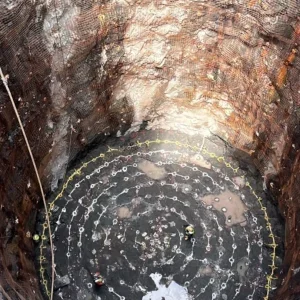The package will deliver around 16km of twin tunnels between Cheltenham and Glen Waverley. A second package for tunnels from Glen Waverley to Box Hill will complete the SRL East rail corridor.
In another first, up to 10 tunnel TBMs could be used for SRL East. The large number of TBMs will speed up the tunnelling process, with launching sites planned for three locations: Monash, Heatherton, and Burwood.
Construction will start in the next few weeks, paving the way for major works, including the preparation of the TBM launch sites. Tunnelling is expected to start in 2026.

This package of works will also include safety cross-passages between the tunnels, station boxes at Clayton and Monash, and tunnel entrances and exits at the stabling facility. Cross-passages will be excavated via the constructed tunnels using small or remote-controlled excavators.
Melbourne’s topography presents some engineering challenges, with highly variable ground conditions and groundwater levels along the proposed route. South of Monash, conditions are predominantly clay and sandy, and to the north, mostly sedimentary rock. Slurry and EPB TBMs may be suitable for different sections.
Building SRL East as twin tunnels reduces the volume of rock and soil needed to be removed. Much of the spoil will be reused for rehabilitating quarries or on other construction projects.
SRL East will comprise 26km of twin tunnels. The shortest TBM drive will be the 2.6km between Monash and Clayton, and the longest section is 6km between Burwood and Glen Waverley.
Late last year Laing O’Rourke was awarded the initial works and early works package, worth around A$500m (US$378m). The contract includes preparing sites for the TBM launches, moving and protecting underground services, ground improvement, geotechnical investigations and roads modifications.
The SRL is a 90km rail line which will link every major rail line from the Frankston Line to the Werribee Line via Melbourne Airport.







